Dallas Fed President Robert Kaplan said he expects the economy growth in Q3 and Q4. But still, he’s base case is for the economy to contract around -4.5% to -5% for 2020 as a whole. He reiterated that controlling the spread of the coronavirus is the key to economic recovery.
“How the virus proceeds and what the incidence is is going to be directly related to how fast we grow,” Kaplan said. “While monetary and fiscal policy have a key role to play, the primary economic policy from here is broad mask wearing and good execution of these health care protocols; if we do that well, we’ll grow faster.”




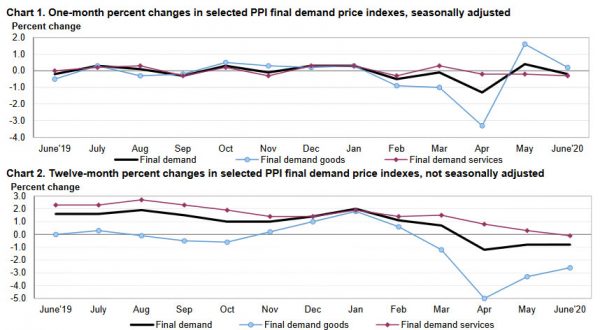
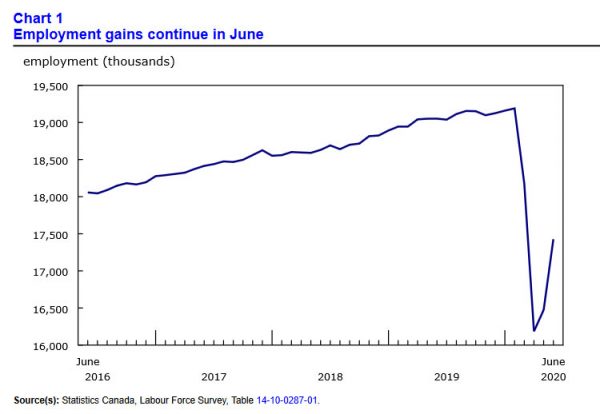
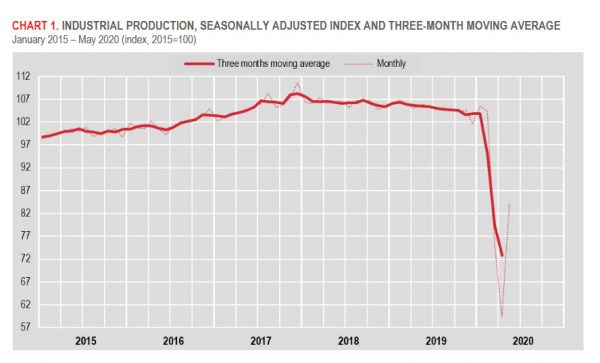
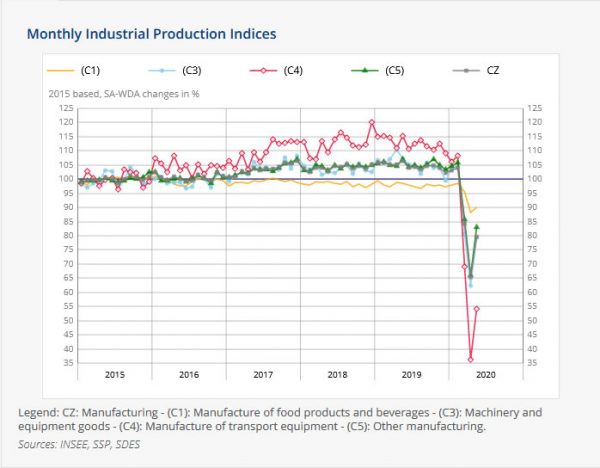
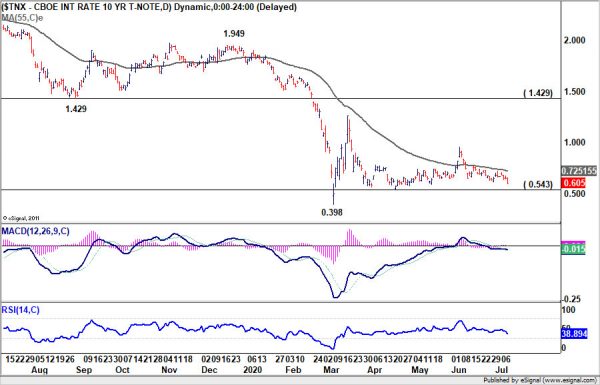
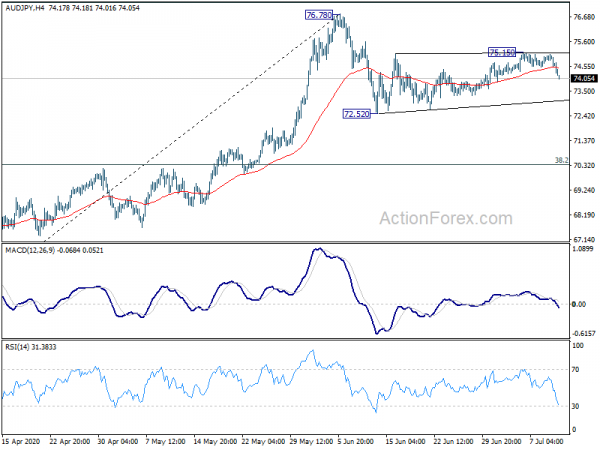
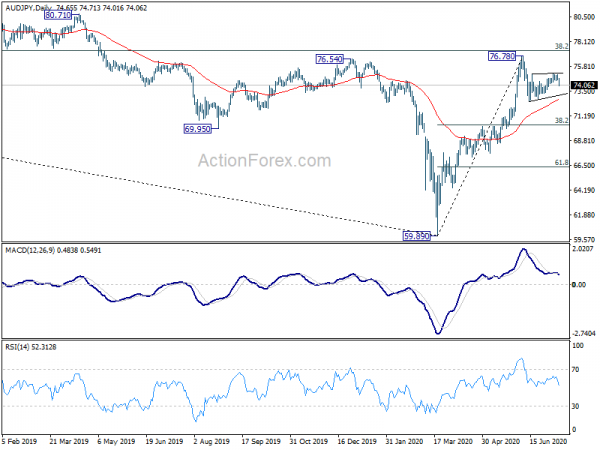
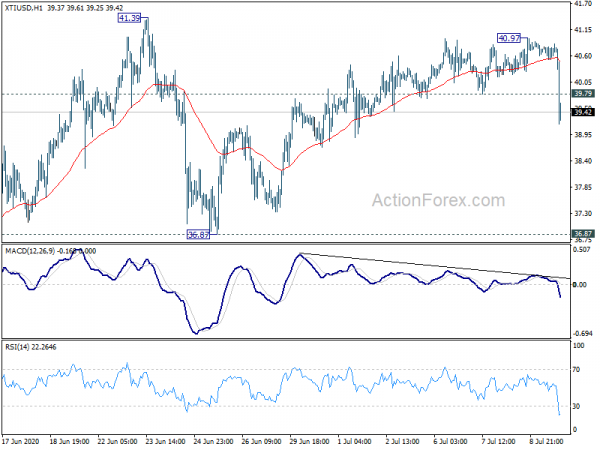
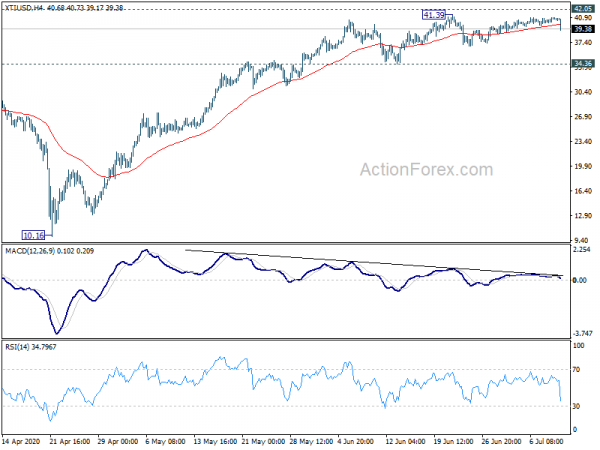
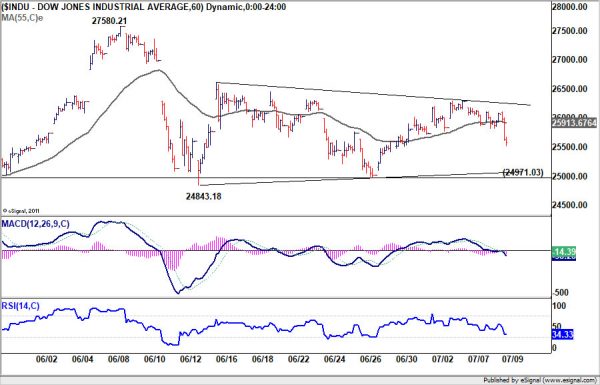
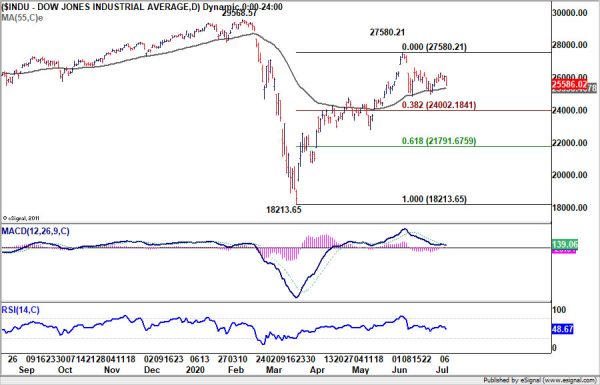
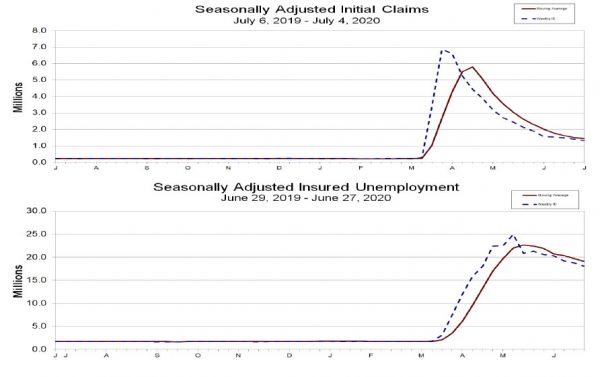
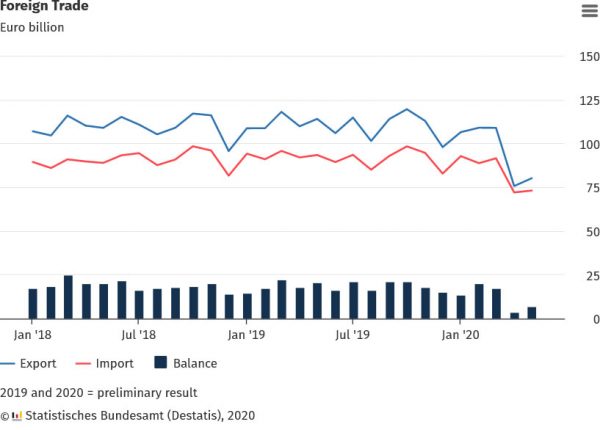

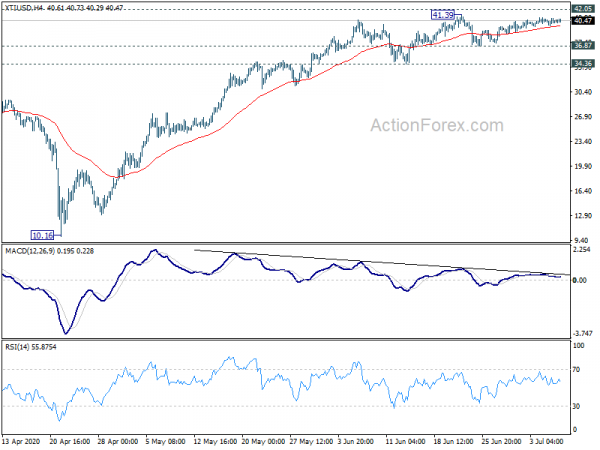


Australia Frydenberg: Effective unemployment at around 13.3%, second phase of income support coming
Australian Treasurer Josh Frydenberg said the effective unemployment rate is “around 13.3% right now” and ” “that is a large number of people reflecting the economic challenges that we see right now.” His number is nearly double of the official data of 7.1%.
“We have seen a big reduction in hours worked in the months since the Covid pandemic first hit in Australia,” Frydenberg further explained. “That just reflects the enormous economic challenge that we face and the impact it’s having on the unemployment rate.”
Frydenberg added that there will be a “second phase of income support” to be delivered with the fiscal and economic statement on July 23. “It will be governed by the same principles that have defined our economic measures to date, namely that our support will be targeted, it will be temporary, it will be designed based on existing systems and it will also be demand driven,”